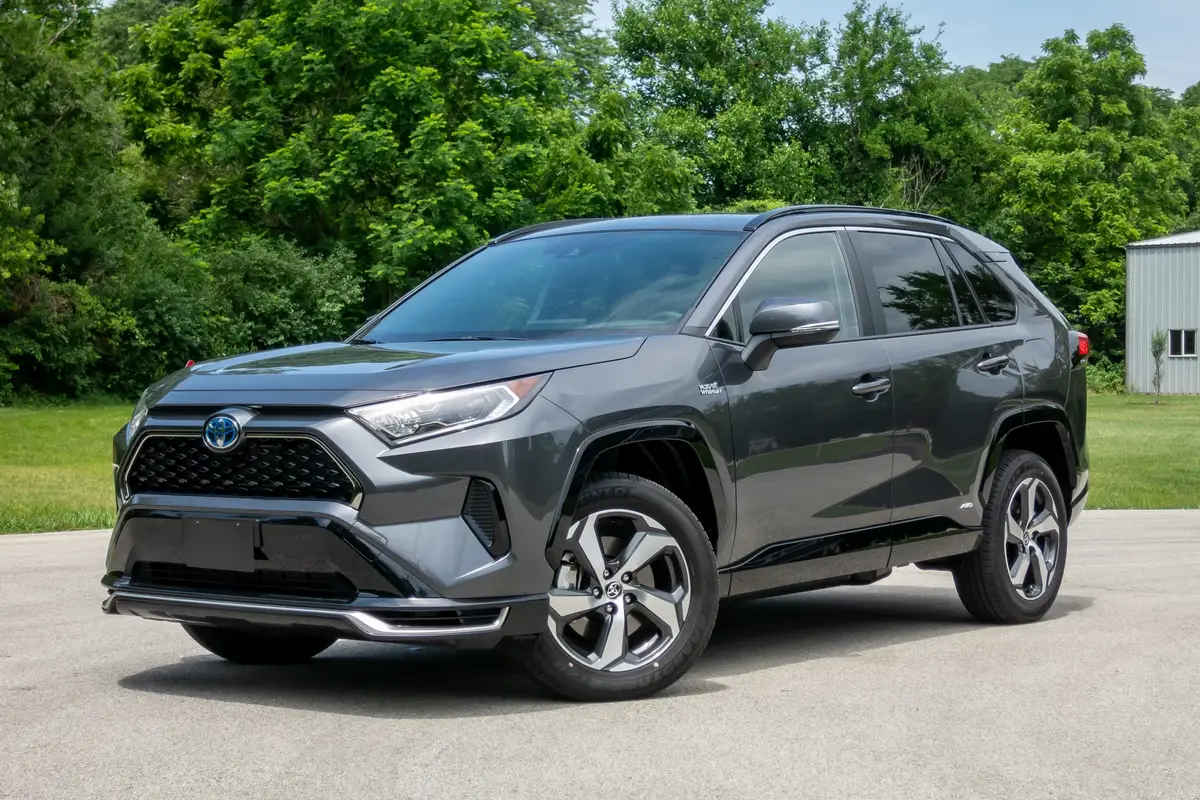
The verdict: Toyota’s all-new RAV4 Prime plug-in hybrid combines impressive efficiency with the sort of acceleration the nameplate hasn’t seen since the third-generation RAV4 V-6, though it’s a bit rough around the edges beyond that.
Versus the competition: Most plug-in-hybrid SUVs wear luxury badges, leaving the RAV4 Prime a thin cast of mass-market rivals. Toyota has the lead on some key capabilities, which should help build a case for the Prime more than a few notable downsides hurt it.
A new plug-in-hybrid variant that emphasizes both performance and efficiency, the 2021 Toyota RAV4 Prime (a la Prius Prime, also a plug-in hybrid) hits dealers nationwide in July. Building on the RAV4 Hybrid, a sportier version of the current-generation RAV4 that dates back to the 2019 model year, the Prime pairs a modified version of the Hybrid’s four-cylinder engine with stronger electric motors, a higher-capacity battery, uprated brakes and a retuned suspension. Like the RAV4 Hybrid, it comes exclusively with all-wheel drive by way of a third electric motor at the rear axle. (Compare all three RAV4 variants here, or stack up RAV4 Prime trim levels here.)
Related: 2020 Honda CR-V Hybrid Vs. 2020 Toyota RAV4 Hybrid: Which Is Better?
When fully charged, the Prime can travel an estimated 42 miles on battery power before the powertrain switches to conventional hybrid operation for an estimated 38 mpg in combined city/highway mileage. (Electric range and gas mileage are Toyota’s estimates; as of this writing, the EPA has yet to publish figures on this SUV.) After three days with a RAV4 Prime SE — the lower of two trim levels, below the XSE — I’ll attest that the impressive on-paper specs bear out in reality: The RAV4 Prime is both quick and efficient. Where the other shoe drops is in some aspects of refinement, but many shoppers will deem such trade-offs worthwhile.
Off to the Races
The RAV4 Prime charges up to speed with the lag-free wall of torque for which electric vehicles have become known. Overall acceleration is consistent regardless of propulsion source, whether it’s the electric motors under a full battery or a combination of electric and engine power once the juice runs low. Still, the former method puts the Prime’s best foot forward. Situations requiring engine power introduce an undesirable soundtrack, with immediate EV power followed by gradual engine revving and eventual high-pitched droning under sustained acceleration. Call them gimmicks, but the simulated upshifts that make continuously variable automatic transmissions behave more like conventional stepped automatics would help the Prime, whose CVT-style unit does nothing of the sort. (For what it’s worth, the RAV4 Hybrid has the same tendency.)
Toyota’s claimed acceleration numbers only reinforce the Prime’s, er, primacy. Its bolstered drivetrain makes a combined 302 horsepower on 87-octane fuel, which proves more than enough to compensate for its greater curb weight (4,300 pounds versus the regular hybrid’s 3,755 pounds, comparing XSE trim levels). It’s far quicker than the 203-hp regular RAV4 and combined 219-hp hybrid: Toyota says the Prime hits 60 mph in a scant 5.7 seconds regardless of battery charge, which is 2.1 seconds quicker than the RAV4 Hybrid. (It also beats the old RAV4 V-6, which Toyota notes was a 6.3-second SUV.)
Though the EPA has yet to weigh in, Toyota’s claimed EV range seems realistic, at least under more favorable weather conditions. With temperatures in the 80s and tire pressure corrected beforehand, I took to the highway on a full charge and avoided Sport or Eco driving modes, as well as separate controls that recharge the battery or mix in engine power. (I did, however, use the automatic climate control’s Eco Heat/Cool mode, with temperatures set at 72 degrees and otherwise fully automatic distribution; it kept up air conditioning well enough.) Driving as I normally would, I observed 43.8 miles of EV power before the Prime transitioned to its hybrid mode — not bad considering highway miles give little opportunity for regenerative braking.
Those brakes are a low point, with all-or-nothing pedal action both stepping down and lifting off. That’s also a problem in the RAV4 Hybrid, and it’s no better here. Regenerative brakes have come a long way since their bricklike early days, but Toyota’s execution feels old-school.
Speaking of old-school, the Prime’s required low-speed EV noise is a hodgepodge of discordant notes and white noise that you could patch into midsections of the original “Outer Limits” theme song. It’s loud enough that a resident across the street took notice when I backed up. He did not don a tinfoil cap (at least while I was there).
With the RAV4 Prime’s standard 3.3-kilowatt onboard charger, charging times for the 18.1-kilowatt-hour battery range from 4.5 hours on a 240-volt outlet (16 amps) to 12 hours on a household-style 120-volt outlet (12 amps). With the battery drained, I plugged in overnight to a 120-volt outlet, and the instrument readout predicted the Prime would need 12 hours, 10 minutes to a full charge. I checked 6 hours, 20 minutes later, and it reported 21 miles of accumulated EV range and six hours flat to a full charge — a few minutes behind the initial projection, but nothing too far off. Optional on the XSE is a 6.6-kW onboard charger, which cuts 240-volt times (at 32 amps) down to 2.5 hours. Both levels of 240-volt charging mentioned require external hardware capable of the rating mentioned, sold separately. In addition to charging faster, 240-volt power supplies provide more effective preheating and -cooling of the cabin, which you can program ahead of time or activate using the key fob or smartphone app; doing so preserves battery charge and, thus, electric range once you depart.
Ride and Handling
The current RAV4 tied for last place in ride quality among seven compact SUVs we compared in 2019, but Toyota says the Prime received suspension revisions to improve refinement. Alas, the apple didn’t fall far enough from the tree: Shock absorption is generous enough with the SE’s 18-inch wheels, but isolation remains a problem. Body movement over undulating road surfaces is excessive enough to make the RAV4 Prime feel downright jittery at times. The XSE gets 19-inchers and lower-profile tires, which may worsen things still.
The steering exhibits lively feedback, requires medium effort and delivers quick enough directional changes, but the SE’s Dunlop Grandtrek all-season tires cede traction soon enough to turn any quick maneuvers into steady understeer. The AWD might aid traction, but it does little for dynamics: Feeding more power through a corner just makes for more push, at least until the electronic stability system cuts in. Here, the XSE might better resist the initial understeer, as it has wider tires and higher traction potential.
The Interior
Typical of many mass-market cars and Toyotas in particular, cabin materials in the RAV4 Prime depend on trim level. For both the front and rear seats, XSE models have stitched door trim with generous padding where your arms and elbows rest. That’s especially welcome in the backseat, where automakers often cut costs. Unfortunately, Toyota substitutes insultingly cheap materials in both rows for the SE, and the effect turns an otherwise handsome cabin into something hit-and-miss.
With the exception of loose-feeling turn-signal and wiper stalks — also a problem in the Corolla — most controls feel sturdy and well-constructed. The temperature and stereo dials have handy rubberized finishes, though the latter group should be larger. An 8-inch touchscreen with Apple CarPlay and Android Auto (the latter added for 2020, finally) is standard, as are five USB-A ports. A 9-inch touchscreen in place of the 8-inch unit is optional, as are wireless smartphone charging, JBL premium audio and a head-up display.
The SE’s seats have supportive bolsters and a sturdy grade of cloth (XSE models get vinyl), but larger drivers may find insufficient knee clearance between the center console and doors. Those with longer legs may wish the chair had more adjustment range, too; my 6-foot frame needed it nearly all the way back. Headroom is fine up front and excellent in the backseat, such that Toyota should raise that seat higher off the floor. Legroom is fine back there, but adult passengers may find their knees uncomfortably elevated — a drawback that helped land the non-hybrid RAV4 in a last-place tie for the rear seats category in our 2019 SUV comparison.
Like other RAV4s, the Prime has loads of driver-accessible storage space in the console and dashboard. Due to drivetrain components, cargo volume behind the backseat is about 11% less, by Toyota’s accounting, than that of the RAV4 and RAV4 Hybrid. A power liftgate is standard, with hands-free activation optional.
Pricing and Tax Credits
You’d be forgiven for sticker shock at the RAV4 Prime’s price, which starts at a hair under $40,000 with the destination charge for an SE trim level — the sort of territory where a factory-loaded RAV4 Hybrid sans plug tops out — and spirals well past the mark for a factory-loaded XSE. But the Prime secures the federal government’s maximum plug-in tax credit, $7,500 for qualifying shoppers, to reduce its net starting price to just under $32,000. That’s in line with post-credit starting prices for plug-in examples of the Mitsubishi Outlander (a net $31,654 after the credit) and Subaru Crosstrek (a net $31,653).
The Ford Escape Plug-in Hybrid beats the group, netting out to about $27,500 to start, but it’s front-drive only and more sparsely equipped. If Ford edges Toyota for sheer value, as well as overall fuel efficiency, the RAV4 Prime’s lengthy list of standard equipment — including a full roster of safety and driver assist features, heated seats, dual-zone climate control, a power driver’s seat and two years’ complimentary maintenance — puts it close behind. So does the RAV4 Prime’s potential for group-leading EV range.
Could that add more than incremental interest to Toyota’s best-selling nameplate? Don’t count the novelty against it: The RAV4 Hybrid went from nonexistent six model years ago to outselling the non-hybrid RAV4 in June. It’s hard to fathom the Prime drawing anywhere close to such popularity. It’s relatively expensive even after the tax credits, and many drivers park nowhere near an electrical outlet. But if the Prime’s outsize efficiency makes a compelling alternative to other plug-in SUVs, its straight-line performance does the same against uplevel engine options for half a dozen others. In the grand scheme of things, I suspect many shoppers will accommodate the Prime’s nuisances to gain its larger capabilities.
Cars.com’s Editorial department is your source for automotive news and reviews. In line with Cars.com’s long-standing ethics policy, editors and reviewers don’t accept gifts or free trips from automakers. The Editorial department is independent of Cars.com’s advertising, sales and sponsored content departments.

















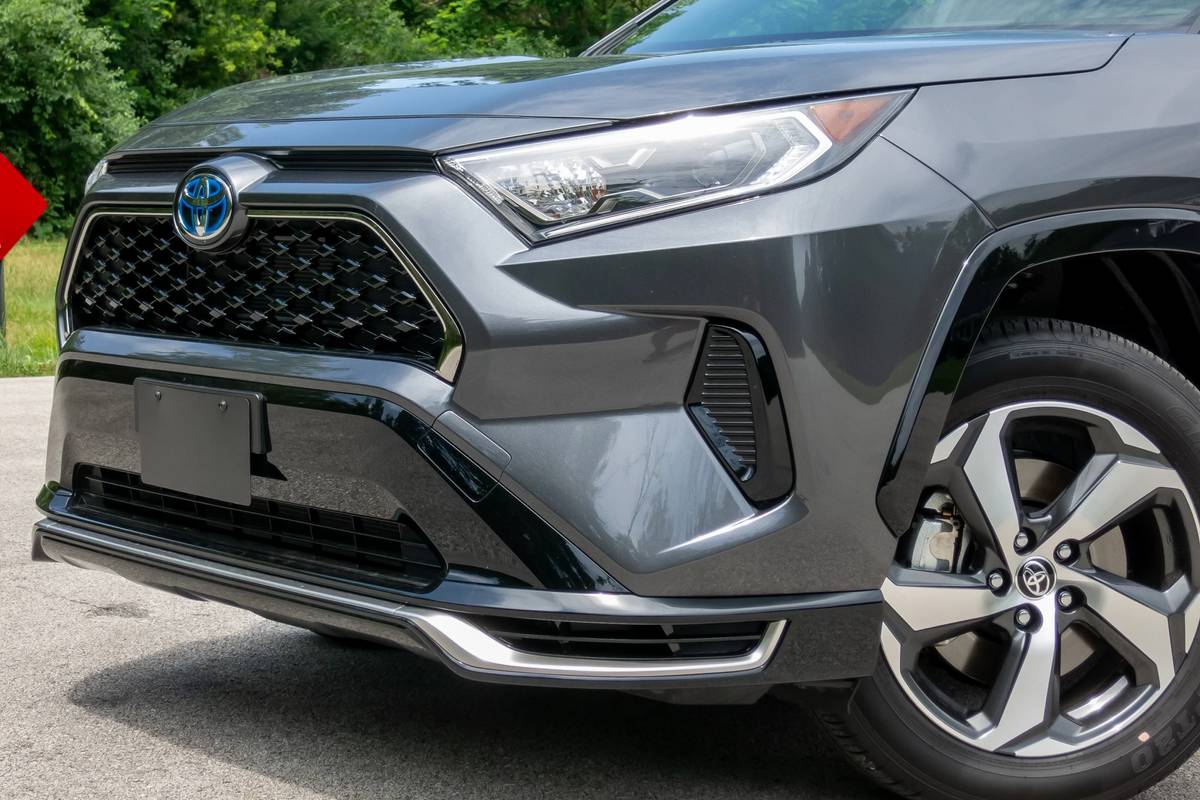
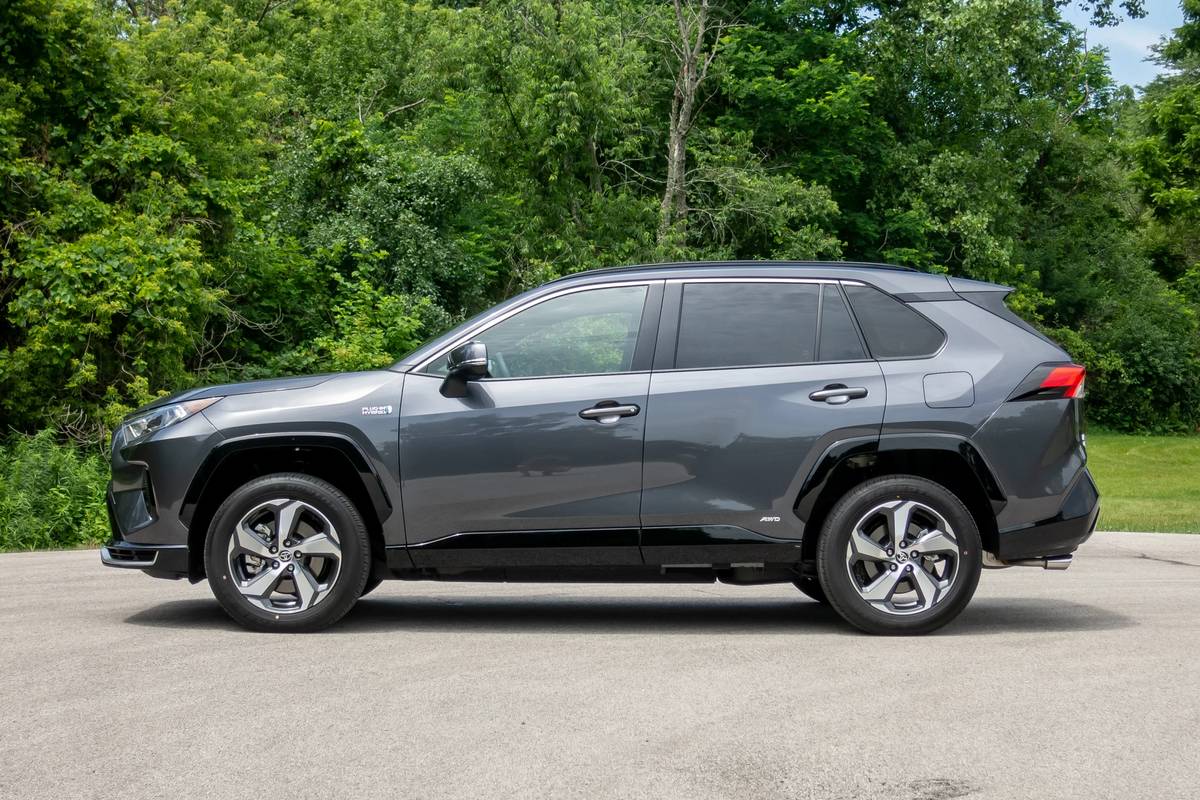
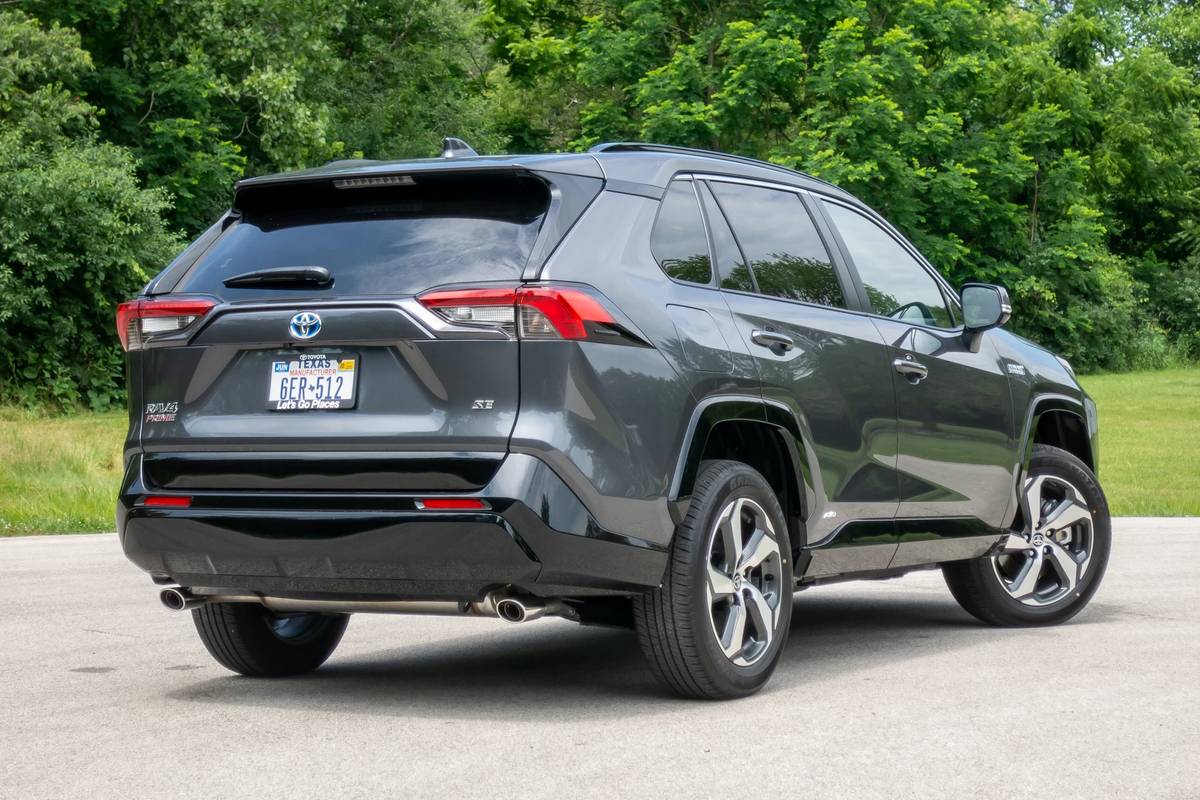
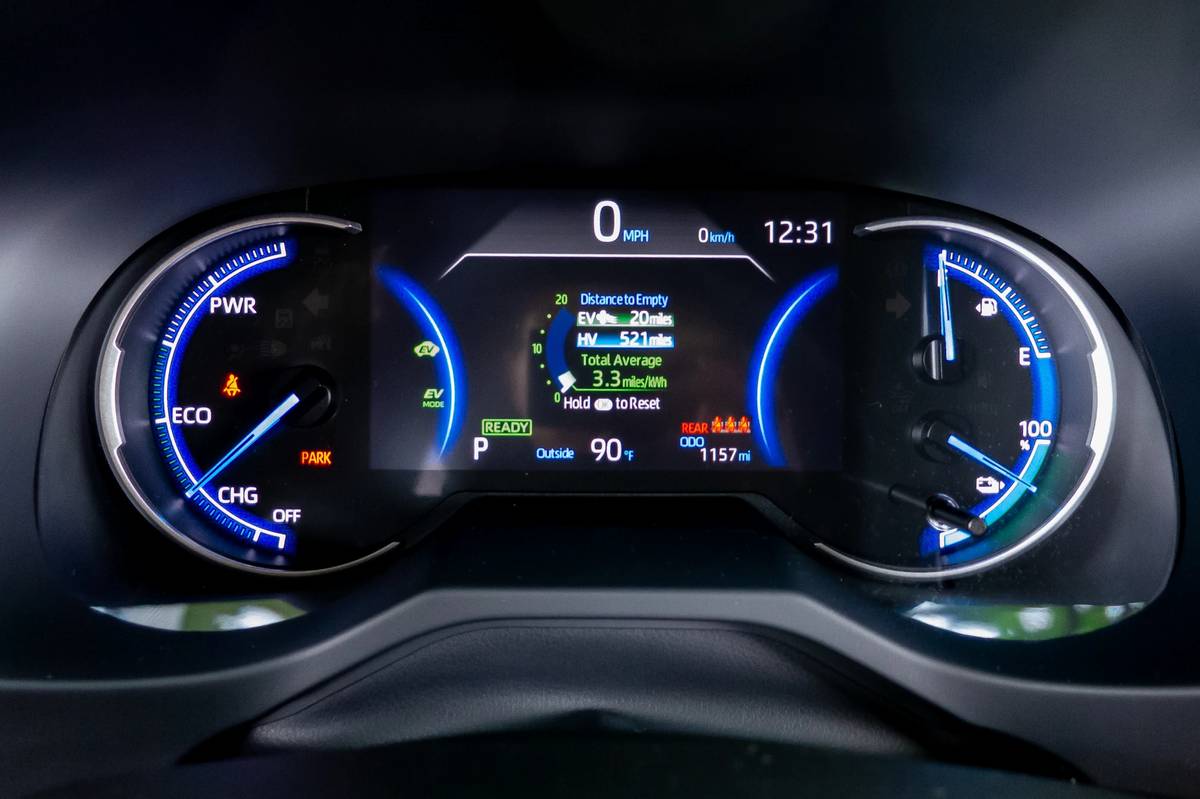

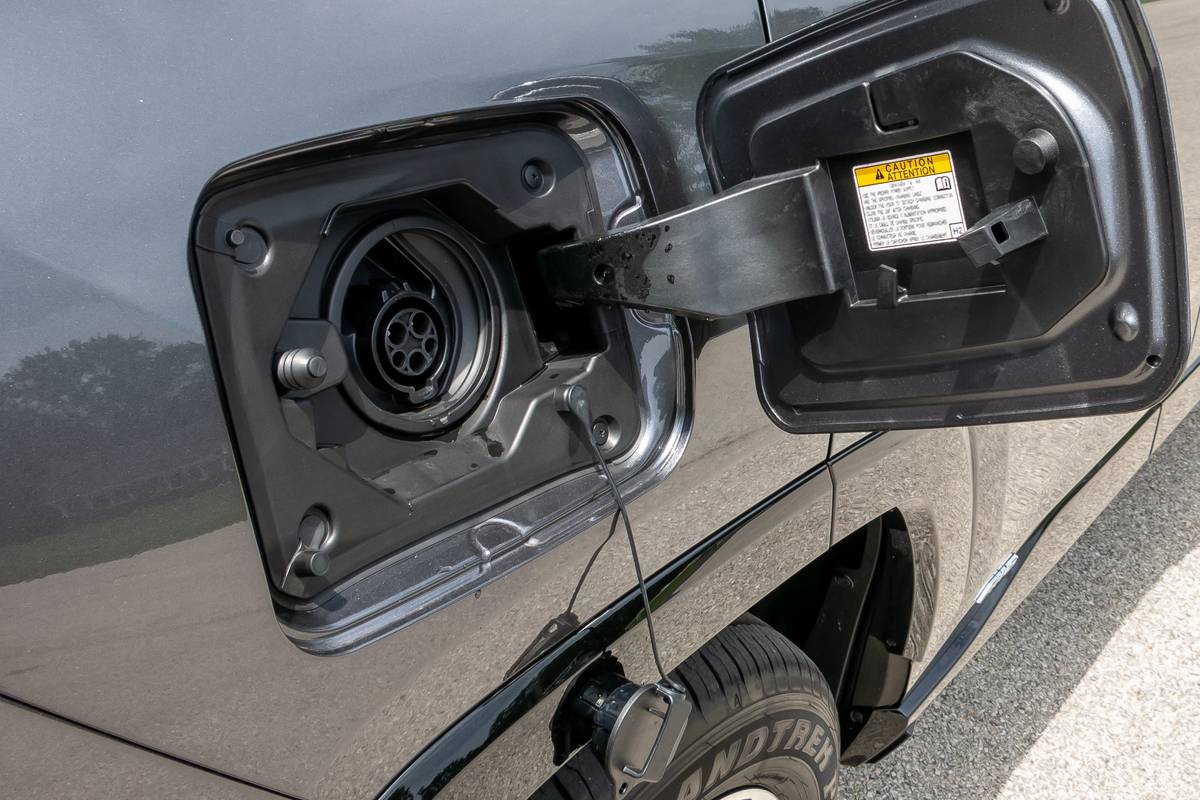
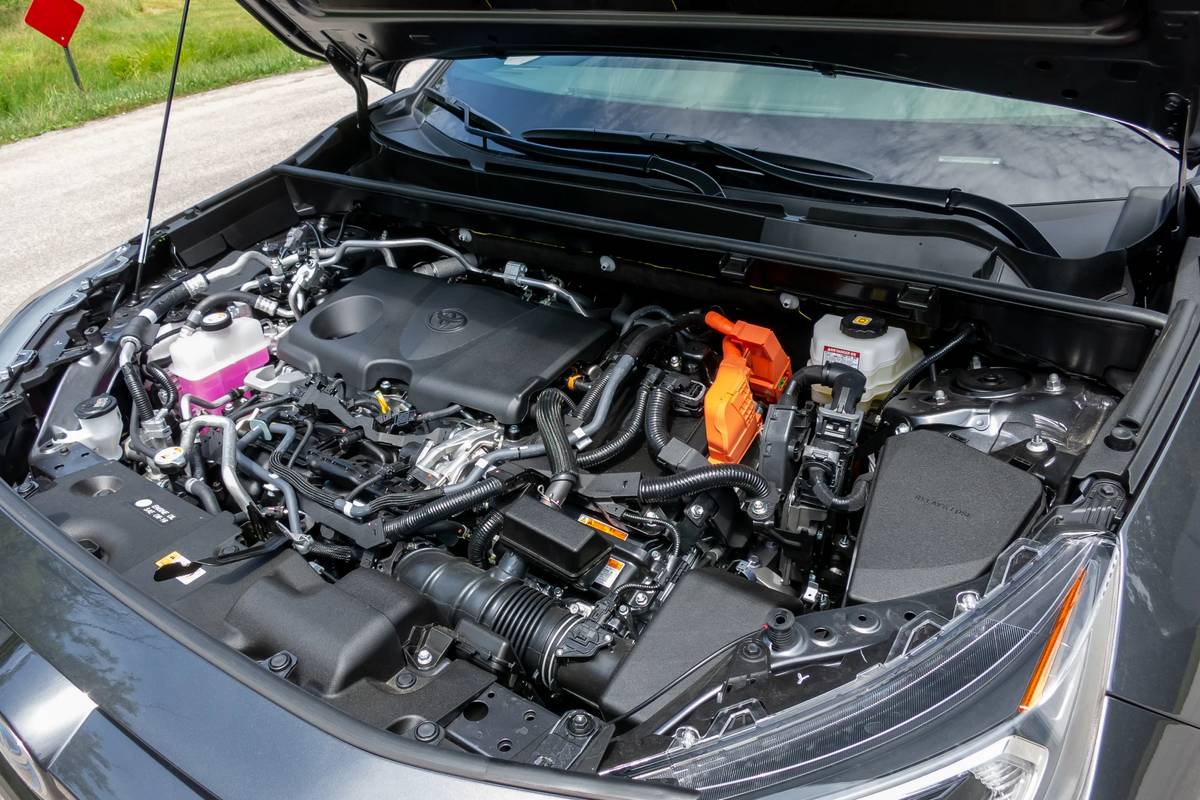

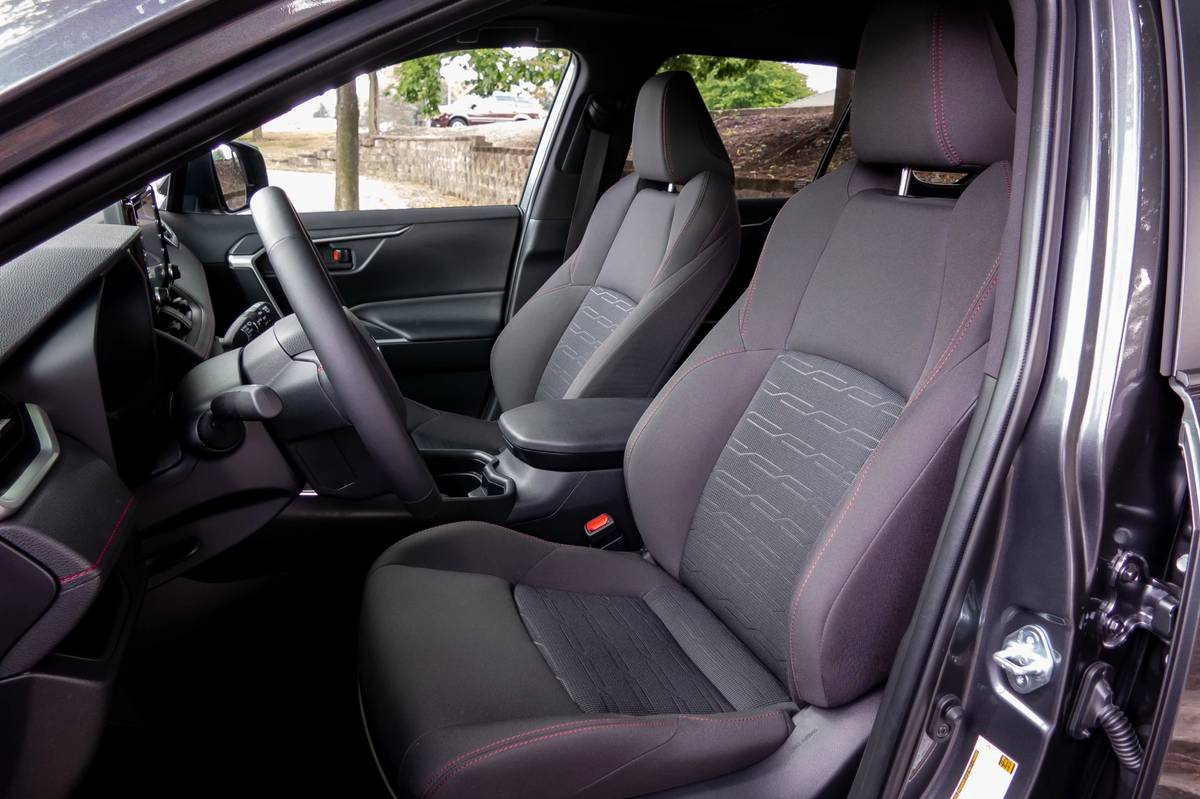

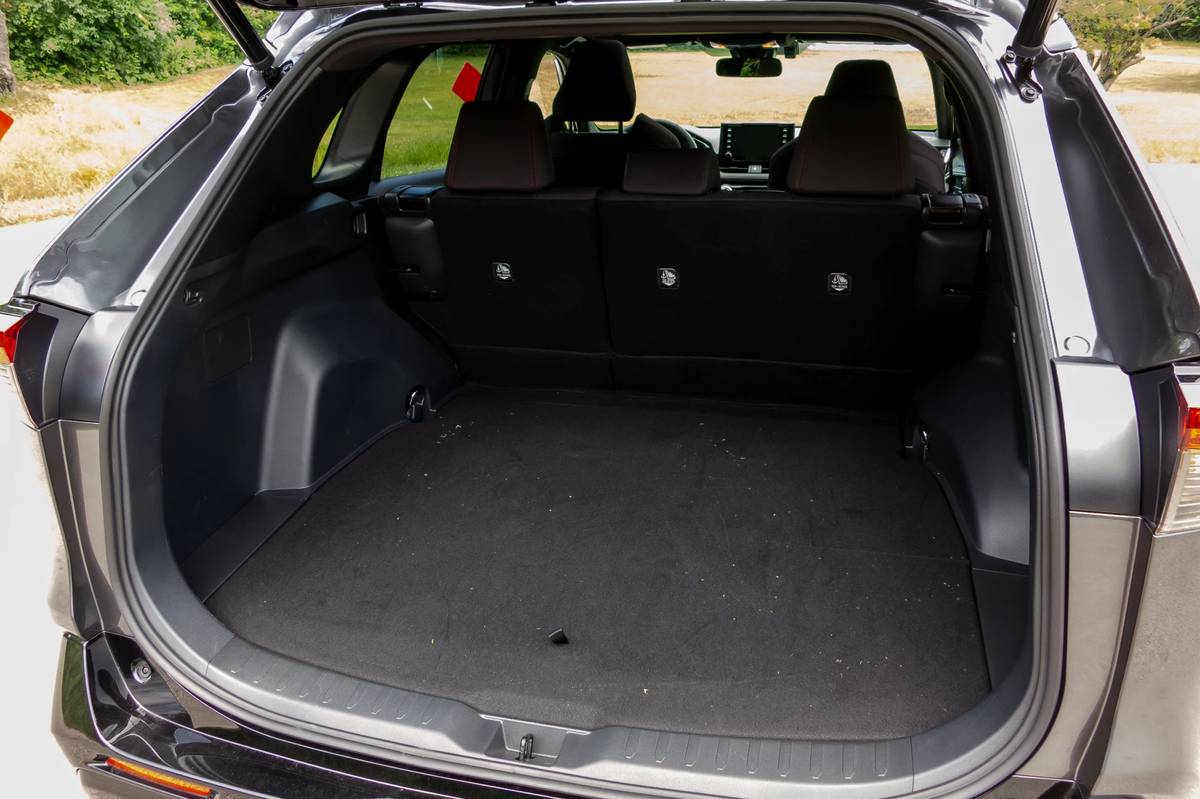
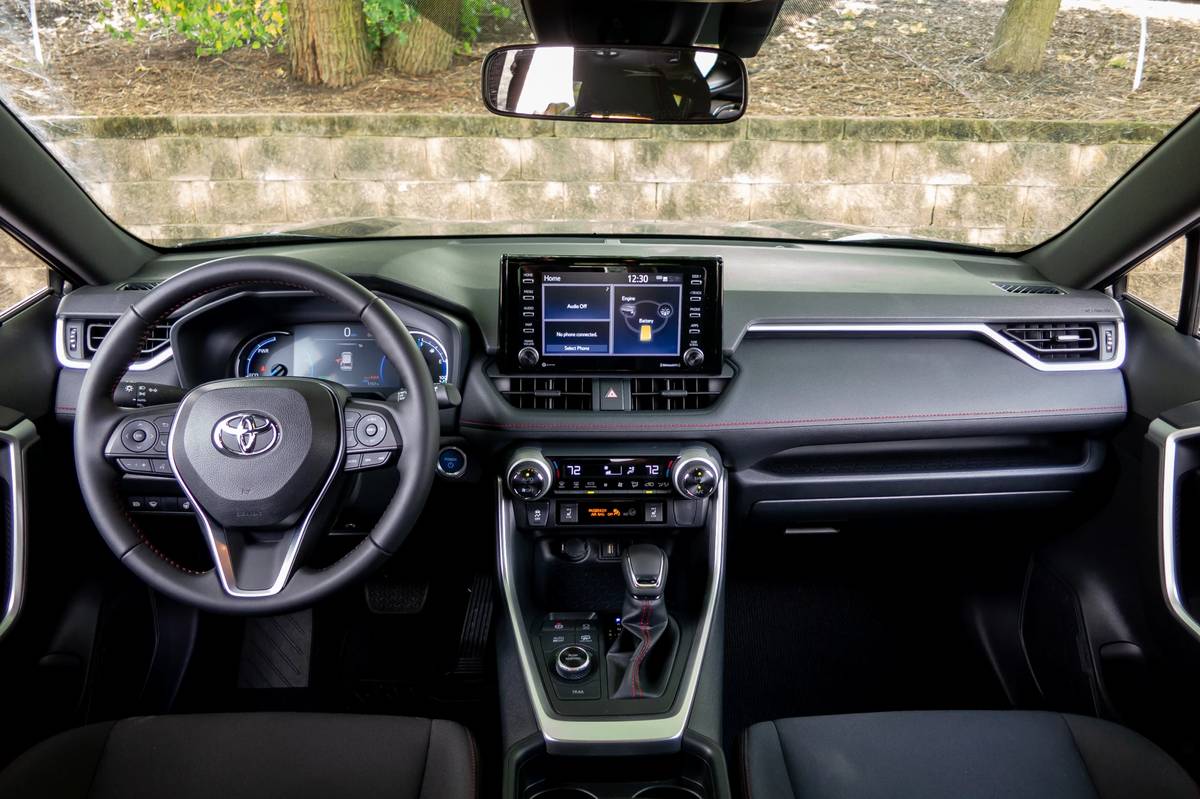

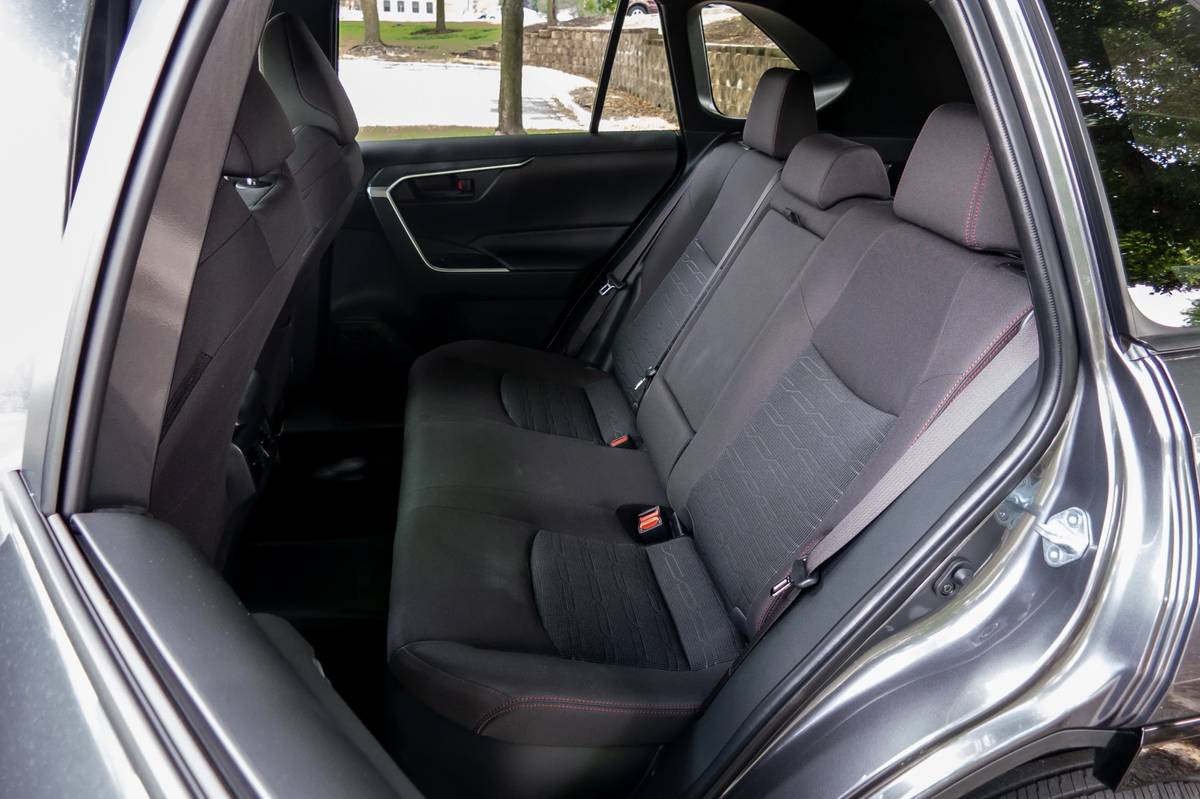


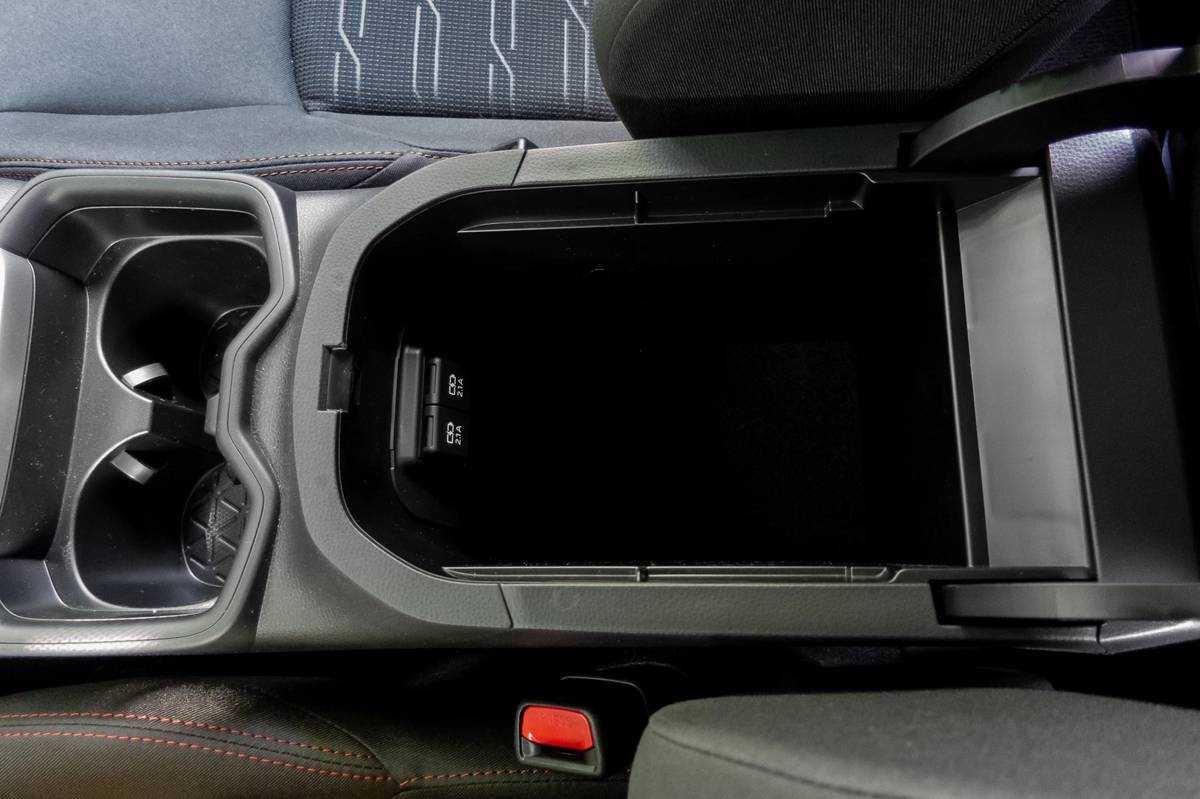





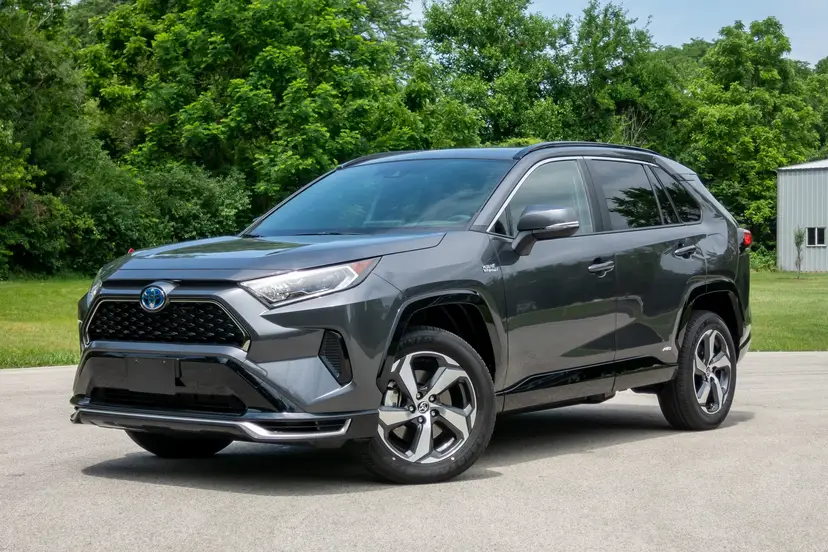

.png)



